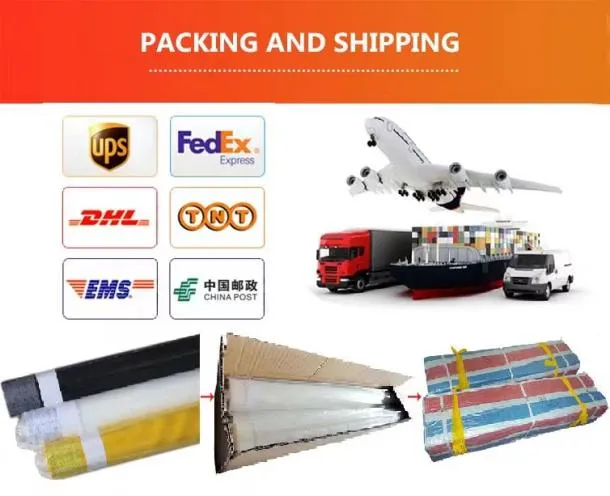-
 Afrikaans
Afrikaans -
 Albanian
Albanian -
 Amharic
Amharic -
 Arabic
Arabic -
 Armenian
Armenian -
 Azerbaijani
Azerbaijani -
 Basque
Basque -
 Belarusian
Belarusian -
 Bengali
Bengali -
 Bosnian
Bosnian -
 Bulgarian
Bulgarian -
 Catalan
Catalan -
 Cebuano
Cebuano -
 China
China -
 Corsican
Corsican -
 Croatian
Croatian -
 Czech
Czech -
 Danish
Danish -
 Dutch
Dutch -
 English
English -
 Esperanto
Esperanto -
 Estonian
Estonian -
 Finnish
Finnish -
 French
French -
 Frisian
Frisian -
 Galician
Galician -
 Georgian
Georgian -
 German
German -
 Greek
Greek -
 Gujarati
Gujarati -
 Haitian Creole
Haitian Creole -
 hausa
hausa -
 hawaiian
hawaiian -
 Hebrew
Hebrew -
 Hindi
Hindi -
 Miao
Miao -
 Hungarian
Hungarian -
 Icelandic
Icelandic -
 igbo
igbo -
 Indonesian
Indonesian -
 irish
irish -
 Italian
Italian -
 Japanese
Japanese -
 Javanese
Javanese -
 Kannada
Kannada -
 kazakh
kazakh -
 Khmer
Khmer -
 Rwandese
Rwandese -
 Korean
Korean -
 Kurdish
Kurdish -
 Kyrgyz
Kyrgyz -
 Lao
Lao -
 Latin
Latin -
 Latvian
Latvian -
 Lithuanian
Lithuanian -
 Luxembourgish
Luxembourgish -
 Macedonian
Macedonian -
 Malgashi
Malgashi -
 Malay
Malay -
 Malayalam
Malayalam -
 Maltese
Maltese -
 Maori
Maori -
 Marathi
Marathi -
 Mongolian
Mongolian -
 Myanmar
Myanmar -
 Nepali
Nepali -
 Norwegian
Norwegian -
 Norwegian
Norwegian -
 Occitan
Occitan -
 Pashto
Pashto -
 Persian
Persian -
 Polish
Polish -
 Portuguese
Portuguese -
 Punjabi
Punjabi -
 Romanian
Romanian -
 Russian
Russian -
 Samoan
Samoan -
 Scottish Gaelic
Scottish Gaelic -
 Serbian
Serbian -
 Sesotho
Sesotho -
 Shona
Shona -
 Sindhi
Sindhi -
 Sinhala
Sinhala -
 Slovak
Slovak -
 Slovenian
Slovenian -
 Somali
Somali -
 Spanish
Spanish -
 Sundanese
Sundanese -
 Swahili
Swahili -
 Swedish
Swedish -
 Tagalog
Tagalog -
 Tajik
Tajik -
 Tamil
Tamil -
 Tatar
Tatar -
 Telugu
Telugu -
 Thai
Thai -
 Turkish
Turkish -
 Turkmen
Turkmen -
 Ukrainian
Ukrainian -
 Urdu
Urdu -
 Uighur
Uighur -
 Uzbek
Uzbek -
 Vietnamese
Vietnamese -
 Welsh
Welsh -
 Bantu
Bantu -
 Yiddish
Yiddish -
 Yoruba
Yoruba -
 Zulu
Zulu
Innovative Applications and Benefits of Welded Wire Fabric in Modern Construction and Design
The Versatility and Applications of Welded Wire Fabric
Welded wire fabric (WWF) is a widely used product in the construction and manufacturing industries, known for its strength and adaptability. Composed of longitudinal and transverse wires that are welded together at their intersections, this structural material offers exceptional tensile strength and evenly distributed load support, making it an integral component in various applications.
Composition and Production
Welded wire fabric is made from high-quality steel wires, which are arranged in a grid pattern and welded at each intersection using advanced techniques. The process not only reinforces the wires' structural integrity but also enhances their resistance to issues such as bending, cracking, and distortion. The wire diameters and spacing between them can be customized based on specific project requirements. This allows for a high degree of adaptability, making WWF suitable for a broad range of applications.
Construction Applications
One of the primary uses of welded wire fabric is in the construction industry, particularly in concrete reinforcement. WWF is commonly embedded within concrete slabs, walls, and pavements, providing the necessary tensile strength to resist cracking under loads. Such applications include residential foundations, commercial buildings, parking structures, and roadways. The uniform distribution of forces across the welded network helps to reduce the risk of failure and enhances the durability of concrete structures.
Moreover, welded wire fabric is used in precast concrete elements, facilitating the production of beams, panels, and other structural components. Its reliability, combined with the ability to streamline construction processes, makes WWF a favored choice among engineers and builders. Additionally, WWF can help reduce construction costs by minimizing material usage without compromising strength.
Agricultural Applications
welded wire fabric

Beyond construction, welded wire fabric also plays a vital role in agriculture. It is commonly used to create fencing systems for livestock containment and crop protection. The sturdy nature of welded wire ensures that enclosures remain secure, preventing animals from escaping or entering unwanted areas, thus safeguarding crops and ensuring the well-being of livestock. Furthermore, the visibility of welded wire allows for effective monitoring of enclosed areas, enhancing management practices on farms.
Industrial Uses
In the industrial realm, welded wire fabric serves multiple purposes. Its strong and stable grid makes it ideal for shelving, partitioning spaces, and creating storage solutions in warehouses. This versatility allows for efficient use of space and organization of goods. Additionally, welded wire mesh is utilized in machinery as guards and safety barriers, protecting equipment and personnel from potential hazards.
A Sustainable Choice
Welded wire fabric stands out not only for its strength and versatility but also for its sustainability. Manufactured from recyclable steel, WWF contributes to eco-friendly practices by reducing the need for virgin materials. The long lifespan of welded wire fabric further enhances its sustainability profile, as durable products reduce the frequency of replacement and maintenance.
Conclusion
In conclusion, welded wire fabric is a critical material that has found extensive applications across various industries, from construction and agriculture to manufacturing and warehousing. Its exceptional strength, versatility, and sustainability make it an indispensable component in modern infrastructure and resource management. As industries continue to evolve, the demand for reliable and efficient materials like welded wire fabric will only increase, underscoring its relevance in today's market.
-
Shipping Plastic Bags for Every NeedNewsJul.24,2025
-
Safety Netting: Your Shield in ConstructionNewsJul.24,2025
-
Plastic Mesh Netting for Everyday UseNewsJul.24,2025
-
Nylon Netting for Every UseNewsJul.24,2025
-
Mesh Breeder Box for Fish TanksNewsJul.24,2025
-
Expanded Steel Mesh Offers Durable VersatilityNewsJul.24,2025











